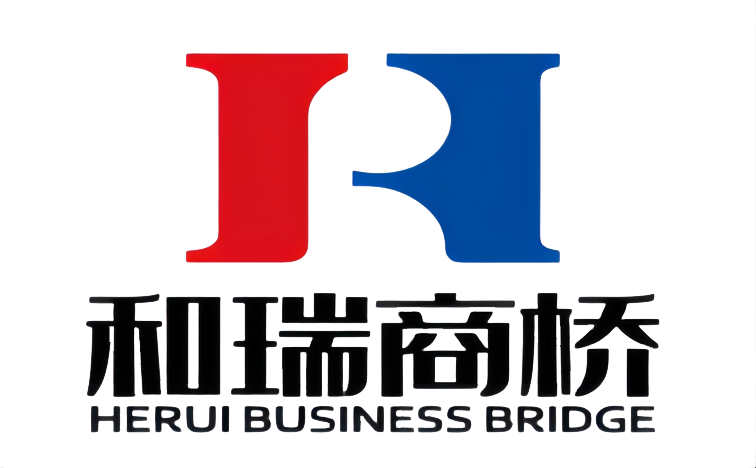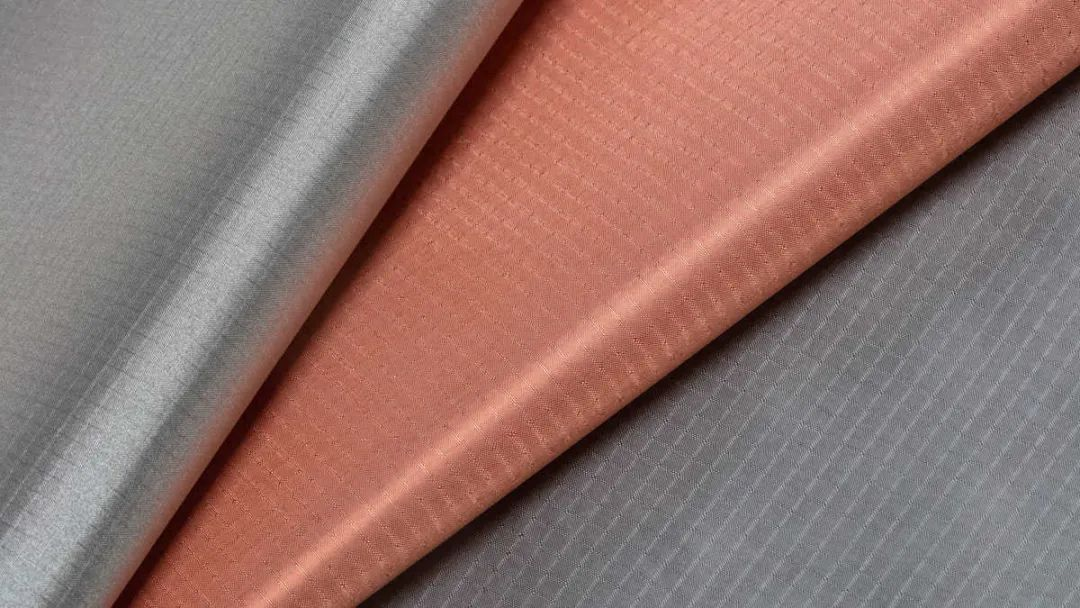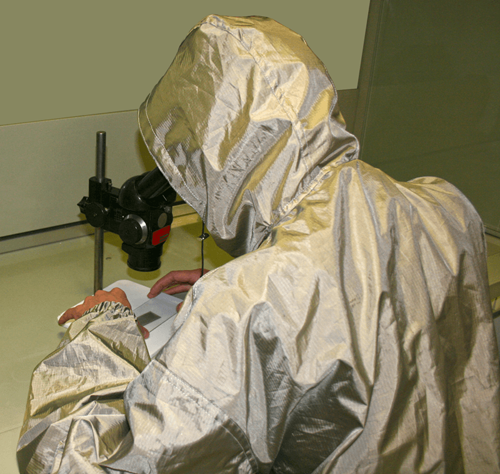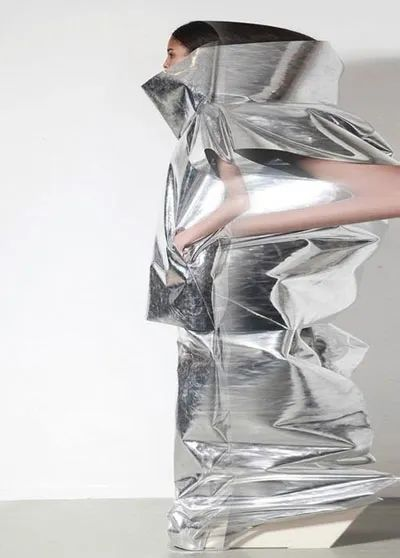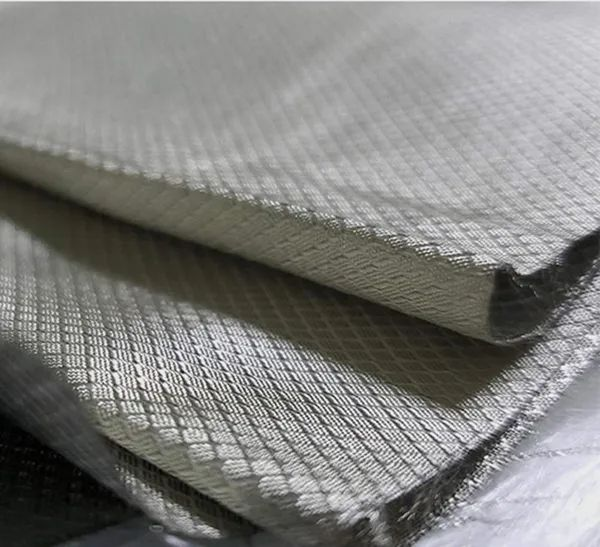With the improvement of science and technology and people’s pursuit of high-quality life, materials are developing towards multi-functional integration. The surface metallized functional textiles integrate heat preservation, antibacterial, anti-virus, anti-static and other functions, and are comfortable and easy to take care of. They can not only meet the diversity needs of people’s daily life, but also meet the scientific research requirements in a variety of harsh environments such as aviation, aerospace, deep sea and so on. At present, the common methods for mass production of surface metallized functional textiles include electroless plating, coating, vacuum plating and electroplating.
Electroless plating
Electroless plating is a common method of metal coating on fibers or fabrics. The oxidation-reduction reaction is used to reduce the metal ions in the solution to deposit a metal layer on the surface of the substrate with catalytic activity. The most common is electroless silver plating on nylon filament, nylon knitted and woven fabrics, which is used to produce conductive materials for intelligent textiles and radiation proof clothing.
Coating method
The coating method is to apply one or more layers of coating composed of resin and conductive metal powder on the surface of the fabric, which can be sprayed or brushed to make the fabric have a certain infrared reflection function, so as to achieve the effect of cooling or warmth preservation. It is mostly used for spraying or brushing the window screen or curtain cloth. This method is cheap, but it has some disadvantages, such as hard hand feeling and water washing resistance.
Vacuum plating
Vacuum plating can be divided into vacuum evaporation plating, vacuum magnetron sputtering plating, vacuum ion plating and vacuum chemical vapor deposition plating according to the coating, material, the way from solid state to gas state, and the transportation process of coating atoms in vacuum. However, only vacuum magnetron sputtering is actually applied to the large-scale production of textiles. The production process of vacuum magnetron sputtering plating is green and pollution-free. Different metals can be plated according to different needs, but the equipment is expensive and the maintenance requirements are high. After plasma treatment on the surface of polyester and nylon, silver is plated by vacuum magnetron sputtering. Using the broad-spectrum antibacterial property of silver, silver plated antibacterial fibers are prepared, which can be blended or interwoven with cotton, viscose, polyester and other fibers. They are widely used in three types of end products, such as textiles and clothing, household textiles, industrial textiles and so on.
Electroplating method
Electroplating is a method of depositing metal on the surface of the substrate to be plated in an aqueous solution of metal salt, using the metal to be plated as the cathode and the substrate to be plated as the anode, with direct current. Because most textiles are organic polymer materials, they usually need to be plated with metal by vacuum magnetron sputtering, and then plated with metal to make conductive materials. At the same time, according to different needs, different quantities of metals can be plated to produce materials with different surface resistance. Electroplating is often used to produce conductive cloth, conductive nonwovens, conductive sponge soft electromagnetic shielding materials to meet different purposes.
Content extracted from:Fabric China
Post time: Jun-28-2022
